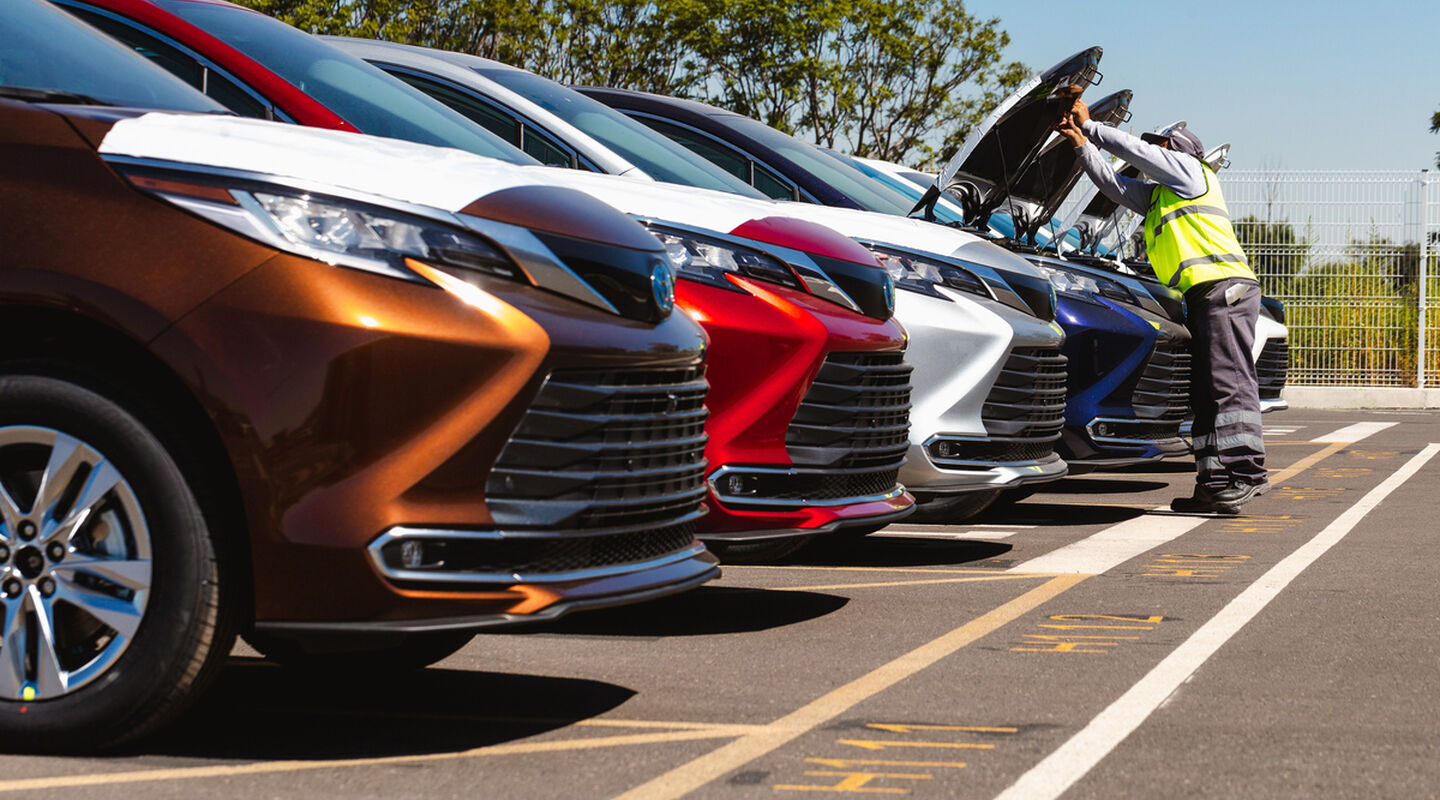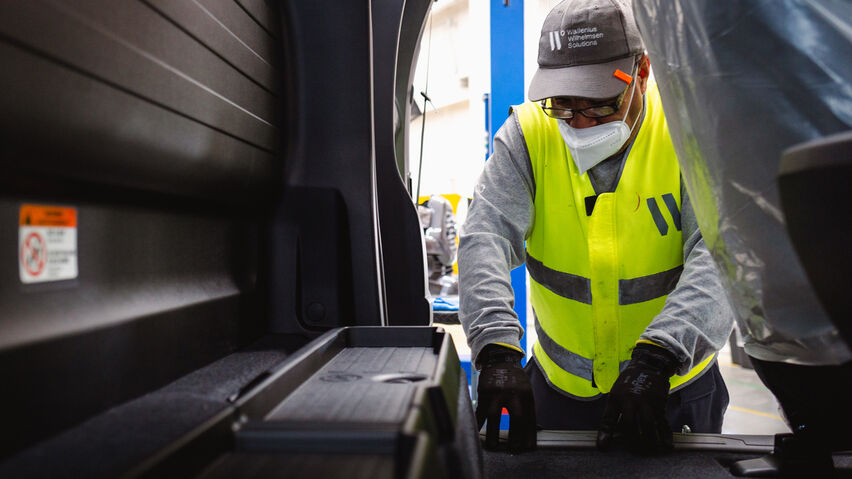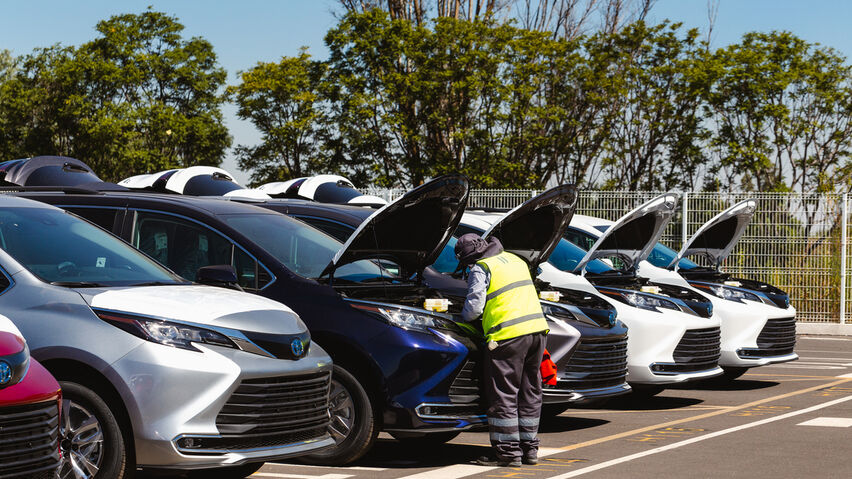Rethinking traditional supply chain models: Keeping it moving in Mexico
The Mexican auto market has faced many disruptions impacting supply chains worldwide. With ports already stretched to accommodate growing export volumes, they are now facing a balancing act to accommodate the rise of imports for domestic markets. Some are finding that balance by reimagining traditional vehicle supply chain practices.

Domestic demand driving rise in imports
Not long ago, there used to be a more even distribution of vehicles imported into Mexico between ports on the Gulf of Mexico and the Pacific. But lately, as more vehicles from Asia have entered the Mexican market, imports are overwhelming the ports on the Pacific Coast. The Association of Mexican Automotive Distributors (AMDA) has highlighted that the country’s ports are filled with car imports, especially on the Pacific Coast.
Mexico sold 1.36 million vehicles in 2023, and China supplied nearly 130 thousand of them: 9.5%. China's vehicle sales in Mexico rose from 78.5 thousand vehicles in 2022 to almost 130 thousand in 2023, a 65% increase.
Production bounced back, creating the need for export capacity
With resources being diverted to accommodate inbound volumes, supply chains must also handle rebounding export volumes. Many OEMs faced parts shortages coming out of the pandemic. As parts became available, most OEMs were ready to bring production back to pre-COVID levels and get their vehicles to meet market needs.
“Pent-up demand led to port congestion, which increased land transportation cycle times. This created a perfect storm, where capacity was severely challenged at all Mexico ports and perhaps more acutely in the Pacific, as imports from Asia experienced significant growth,” says Roberto Zavala, VP of Mexico Operations.
However, with a lack of transportation capacity and increased port congestion, inventories started to grow at several plant locations, driving the need for innovative solutions. Some OEMs were also still suffering from parts shortages, which led to rising inventories of unfinished vehicles.
“As inventories started to rise, together with our customers, we started looking for alternatives to store vehicles in nearby yards and manage the excess volume with production colleagues from several other locations,” adds Roberto.
The search for space – from plants to ports
Storing vehicles in satellite yards can provide much-needed relief in pressure to both ports and our customers’ plants. Our staff built the necessary facilities to avoid additional vehicle movements to ensure all the final parts and accessory installations could be performed directly at the satellite yards. Luis Zurita – Senior Manager, Mexico Sales – says It was also crucial for our customers to ensure we maintained the exact vehicle handling standards.
“The objective was not to disrupt the assembly line. We had a local and remote task force sweeping certain areas looking for the best option to store vehicles, even in other states. We closely monitored inventory levels with our customers to understand when there would be no more space. We eventually secured around 25 Hectares of undeveloped land and upgraded it to a level that guaranteed proper inventory management. We´ve been working for over a year under the same Way of Working we would do at any plant or port facility.”
There is also an equally strong case for satellite yards to relieve pressure from the ports. For example, the port of Mazatlán on the Pacific Coast has gone from handling less than 2500 cars in 2021 to more than 27,000 cars in 2022. For export vehicles, it helps avoid port saturation. These yards can serve as a more cost-effective vehicle distribution center for imports.
Ensuring stable flows beyond today’s climate
As the network of auto ports is unlikely to change soon, Luis says improvements will primarily be gained with similar types of throughput efficiencies, such as what’s been done in Mazatlán. “The terminal has proved to logistics providers and the automotive industry that productivity can be increased by providing proper space and resources,” he says.
We continue to search for other areas that can act as interim storage or distribution centers, which our existing processing services can complement. These innovations being developed today can pave the way for a more stable throughput of vehicles tomorrow.
“It’s up to our authorities, private industry, and logistics operators to take the opportunity to improve the infrastructure, digitalize processes, and find new ways to alleviate finished vehicle supply chains,” says Luis.

